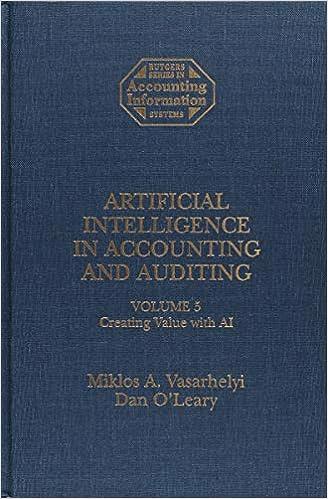Question
An extraordinarily rich taxpayer was caught up in some legal troubles and had to foreclose on their home (unrelated to the legal issues outside of
An extraordinarily rich taxpayer was caught up in some legal troubles and had to foreclose on their home (unrelated to the legal issues outside of being incapable of paying the mortgage). They wind up with $3,500,000 in qualified principal residence indebtedness being forgiven by their lender. The home is technically disposed of in a deemed sale for this value, with the basis in the home being $750,000 (a theoretical net capital gain of $2,750,000). What is the amount of income which will need to be included on the tax return to represent the portion of the forgiven debt considered non-excludable under the provision for the exclusion of qualified principal residence indebtedness?
An extraordinarily rich taxpayer was caught up in some legal troubles and had to foreclose on their home (unrelated to the legal issues outside of being incapable of paying the mortgage). They wind up with $3,500,000 in qualified principal residence indebtedness being forgiven by their lender. The home is technically disposed of in a deemed sale for this value, with the basis in the home being $750,000 (a theoretical net capital gain of $2,750,000). What is the amount of income which will need to be included on the tax return to represent the portion of the forgiven debt considered non-excludable under the provision for the exclusion of qualified principal residence indebtedness?
Select one:
a. $3,500,000
b. $2,750,000
c. $2,000,000
d. $750,000
Step by Step Solution
There are 3 Steps involved in it
Step: 1

Get Instant Access to Expert-Tailored Solutions
See step-by-step solutions with expert insights and AI powered tools for academic success
Step: 2

Step: 3

Ace Your Homework with AI
Get the answers you need in no time with our AI-driven, step-by-step assistance
Get Started


